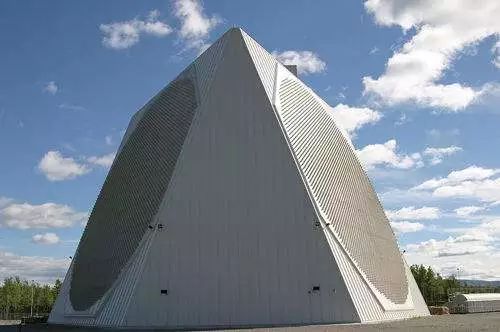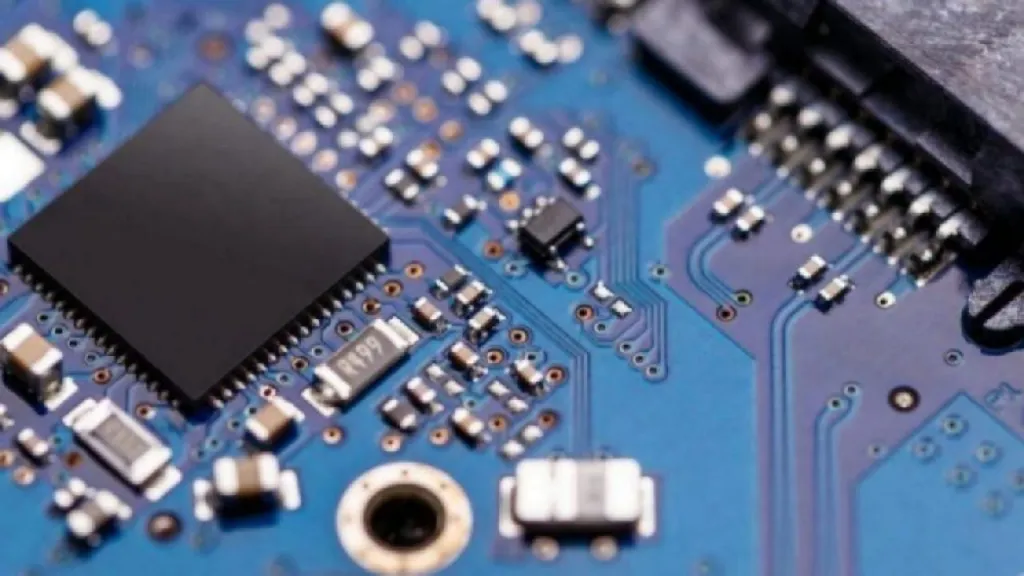 Overview
Overview
MIT Lincoln Laboratory has been involved in phased array radar development since the late 1950s. Its radar research has covered theoretical analysis, applied research, hardware design, equipment fabrication, and system testing. Early phased array research focused on improving the nation’s phased array radar capability. The laboratory developed several testbed arrays to demonstrate and evaluate components, beamforming techniques, calibration, and test methods.
Contributions and Outcomes
The laboratory made significant contributions in antenna radiating elements, phase shifter technology, solid-state transmit/receive modules, and monolithic microwave integrated circuit (MMIC) technology. Many evolving phased array radar systems grew out of this work, and a variety of fabrication techniques and system components were developed. This article summarizes more than four decades of phased array radar research activities.
Historical Context
By about 1958, when active development of phased array radar began, the concept of an array antenna was not new. Early radio transmitters and early World War II radars used multiple radiating elements to produce desired antenna radiation patterns. An example is the Army’s "spring antenna" array, which in the mid-1940s first detected radar signals reflected from the moon. A 1950s initiative led to using rapid electronic phase control of individual array elements to steer radar beams, rather than relying on slow and cumbersome mechanical steering. Many industrial firms, government laboratories, and academic institutions participated in developing electronic beam steering methods. In the 1950s this research area could be described as having "thousands of ways to manipulate radar beams." Bert Fowler recorded many notable recollections from that period.
Challenges and Progress
At the time, skeptics argued that it would be a long time before a viable, affordable array radar with thousands of elements operating with tight phase coherence could be built. In retrospect, both the enthusiasts and the skeptics were correct: electronic beam steering was achievable, but it took a long time and is still not fully realized in terms of cost reduction. Nevertheless, progress in modern solid-state phased arrays has been significant.
Early Projects and Satellite Surveillance
Around 1958, the laboratory’s Special Radar Group in the Radio Physics Department began phased array development projects. The initial application was satellite surveillance, prompted by national interest after the Soviet Union launched the first artificial Earth satellite, Sputnik, in 1957. Under the leadership of Herbert G. Weiss, the laboratory played a key role in developing the Millstone Hill radar, one of the few instruments at the time capable of satellite detection and tracking. Weiss and other U.S. Air Force personnel anticipated a future need to detect all satellites passing over the United States. The surveillance volume required to accomplish this would be large, implying a need for radar systems with high power, large antenna aperture, and rapid beam agility.
Large Planar Array Concept and Hybrid Alternatives
One proposed solution was a large planar array consisting of roughly 5,000 UHF elements. Weiss believed the country did not yet have the ability to produce the reliable, low-cost components that would enable engineers to field a radar with thousands of transmit/receive modules. The nation had, however, installed a number of large UHF klystrons in the Millstone Hill transmitter (2.5 MW peak power, 100 kW average power), and such klystrons could be incorporated into various phased array designs. Consequently, investigators explored hybrid configurations that combined mechanical scanning and electronic scanning while using some large klystrons.
Beamforming Research
Early laboratory work concentrated on effective methods for constructing long linear phased arrays for receiving. Researchers studied various beamforming schemes, including intermediate-frequency (IF) beamformers, which could tolerate high loss; RF diode switch phase shifters, which required very low loss; and RF multibeam formers.
Debate Over Hybrid vs. Planar Arrays
Critics argued that the hybrid electronic/mechanical scanning approach could only track satellites while scanning and could not track high-priority satellites outside a limited vertical search window. The nation appeared to favor a full planar array with 5,000 elements. Achievements by the U.S. Air Force and industry, such as Bendix Corporation’s electronically scanned array radar (ESAR), encouraged that choice. At the time, many defense engineers strongly preferred a full planar phased array.
 ALLPCB
ALLPCB







